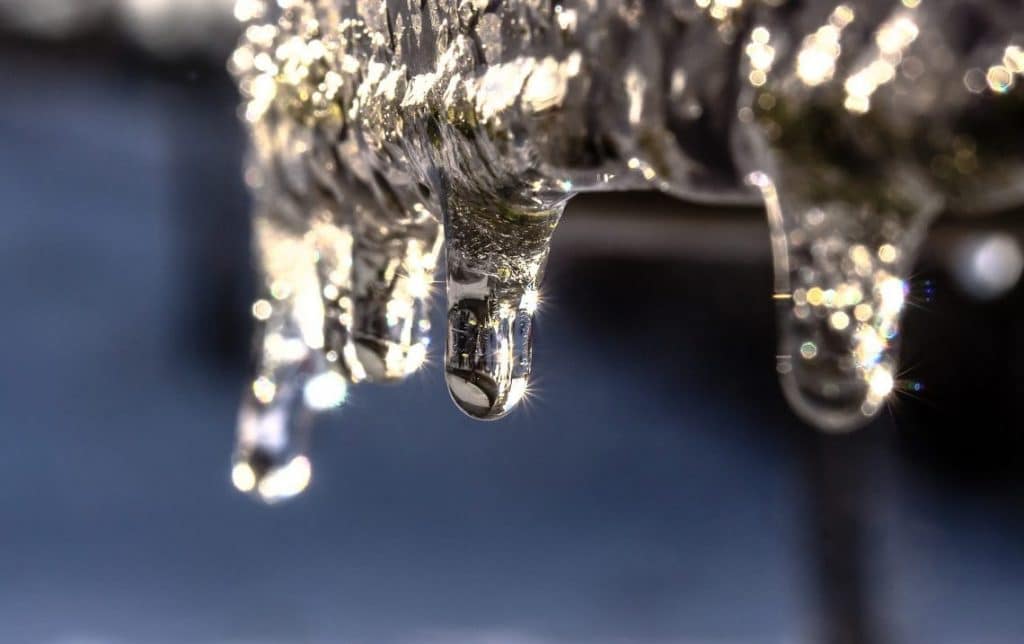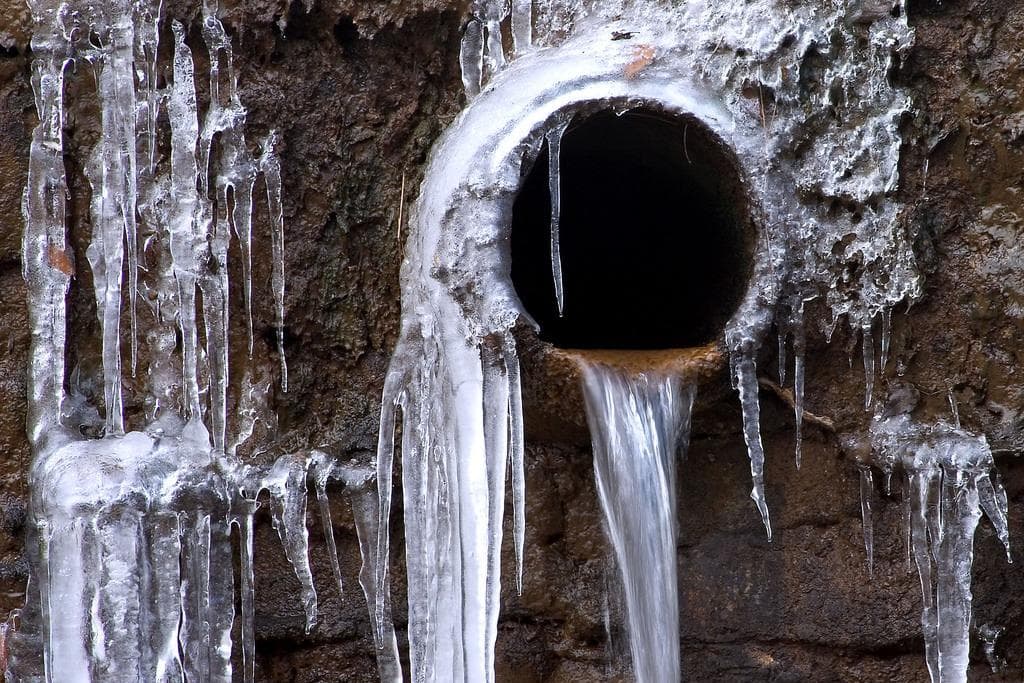Protecting Your Pipes from Freezing Damage: Critical Approaches
Schedule A Service CallEverybody maintains their private thinking on the subject of How To Avoid Freezing Pipes.

Cold weather can damage your pipes, particularly by freezing pipelines. Below's how to avoid it from happening and what to do if it does.
Introduction
As temperatures drop, the danger of icy pipelines boosts, potentially leading to expensive repair work and water damages. Recognizing just how to stop icy pipes is important for property owners in chilly environments.
Comprehending Frozen Pipes
What causes pipes to freeze?
Pipes ice up when subjected to temperature levels below 32 ° F (0 ° C) for expanded periods. As water inside the pipes ices up, it broadens, putting pressure on the pipeline wall surfaces and potentially creating them to break.
Threats and damages
Frozen pipelines can bring about water supply disruptions, residential property damages, and expensive repairs. Burst pipes can flooding homes and cause considerable structural damages.
Indications of Frozen Pipes
Recognizing icy pipes early can stop them from rupturing.
How to identify frozen pipes
Look for decreased water circulation from taps, unusual odors or sounds from pipes, and noticeable frost on subjected pipes.
Avoidance Tips
Protecting vulnerable pipelines
Wrap pipelines in insulation sleeves or utilize heat tape to safeguard them from freezing temperature levels. Focus on pipes in unheated or exterior locations of the home.
Home heating strategies
Keep interior areas appropriately heated up, particularly areas with plumbing. Open up cupboard doors to permit cozy air to circulate around pipelines under sinks.
Safeguarding Outdoor Pipes
Yard hose pipes and outside faucets
Detach and drain yard hose pipes prior to winter season. Set up frost-proof faucets or cover outdoor faucets with shielded caps.
What to Do If Your Pipelines Freeze
Immediate activities to take
If you presume icy pipelines, maintain taps open up to alleviate stress as the ice thaws. Make use of a hairdryer or towels taken in warm water to thaw pipes gradually.
Long-Term Solutions
Structural changes
Consider rerouting pipes far from exterior wall surfaces or unheated areas. Include additional insulation to attics, cellars, and crawl spaces.
Upgrading insulation
Purchase premium insulation for pipelines, attics, and wall surfaces. Appropriate insulation aids maintain consistent temperatures and reduces the danger of frozen pipelines.
Conclusion
Avoiding frozen pipelines requires positive actions and fast actions. By understanding the reasons, indicators, and safety nets, homeowners can safeguard their plumbing throughout winter.
5 Ways to Prevent Frozen Pipes
Drain Outdoor Faucets and Disconnect Hoses
First, close the shut-off valve that controls the flow of water in the pipe to your outdoor faucet. Then, head outside to disconnect and drain your hose and open the outdoor faucet to allow the water to completely drain out of the line. Turn off the faucet when done. Finally, head back to the shut-off valve and drain the remaining water inside the pipe into a bucket or container. Additionally, if you have a home irrigation system, you should consider hiring an expert to clear the system of water each year.
Insulate Pipes
One of the best and most cost-effective methods for preventing frozen water pipes is to wrap your pipes with insulation. This is especially important for areas in your home that aren’t exposed to heat, such as an attic. We suggest using foam sleeves, which can typically be found at your local hardware store.
Keep Heat Running at 65
Your pipes are located inside your walls, and the temperature there is much colder than the rest of the house. To prevent your pipes from freezing, The Insurance Information Institute suggests that you keep your home heated to at least 65 degrees, even when traveling. You may want to invest in smart devices that can keep an eye on the temperature in your home while you’re away.
Leave Water Dripping
Moving water — even a small trickle — can prevent ice from forming inside your pipes. When freezing temps are imminent, start a drip of water from all faucets that serve exposed pipes. Leaving a few faucets running will also help relieve pressure inside the pipes and help prevent a rupture if the water inside freezes.
Open Cupboard Doors
Warm your kitchen and bathroom pipes by opening cupboards and vanities. You should also leave your interior doors ajar to help warm air circulate evenly throughout your home.

I hope you liked our post on Prevent Frozen Pipes . Thanks for spending some time to browse our article post. Are you aware of somebody who is serious about the niche? Be sure share it. We thank you for your readership.
Schedule Appointment